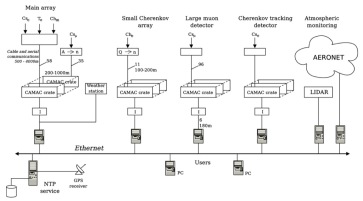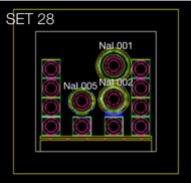http://arxiv.org/abs/1703.05301
DREAMS (Dust Characterisation, Risk Assessment, and Environment Analyser on the Martian Surface) is a payload accommodated on the Schiaparelli Entry and Descent Module (EDM) of ExoMars 2016, the ESA and Roscosmos mission to Mars (Esposito (2015), Bettanini et al. (2014)). It is a meteorological station with the additional capability to perform measure- ments of the atmospheric electric fields close to the surface of Mars. The instrument package will make the first measurements of electric fields on Mars, providing data that will be of value in planning the second ExoMars mission in 2020, as well as possible future human missions to the red planet. This paper describes the pipeline to convert the raw telemetries to the final data products for the archive, with associated metadata.
P. Schipani, L. Marty, M. Mannetta, et. al.
Fri, 17 Mar 17
5/50
Comments: 4 pages, to appear in the Proceedings of ADASS 2016, Astronomical Society of the Pacific (ASP) Conference Series











































































































